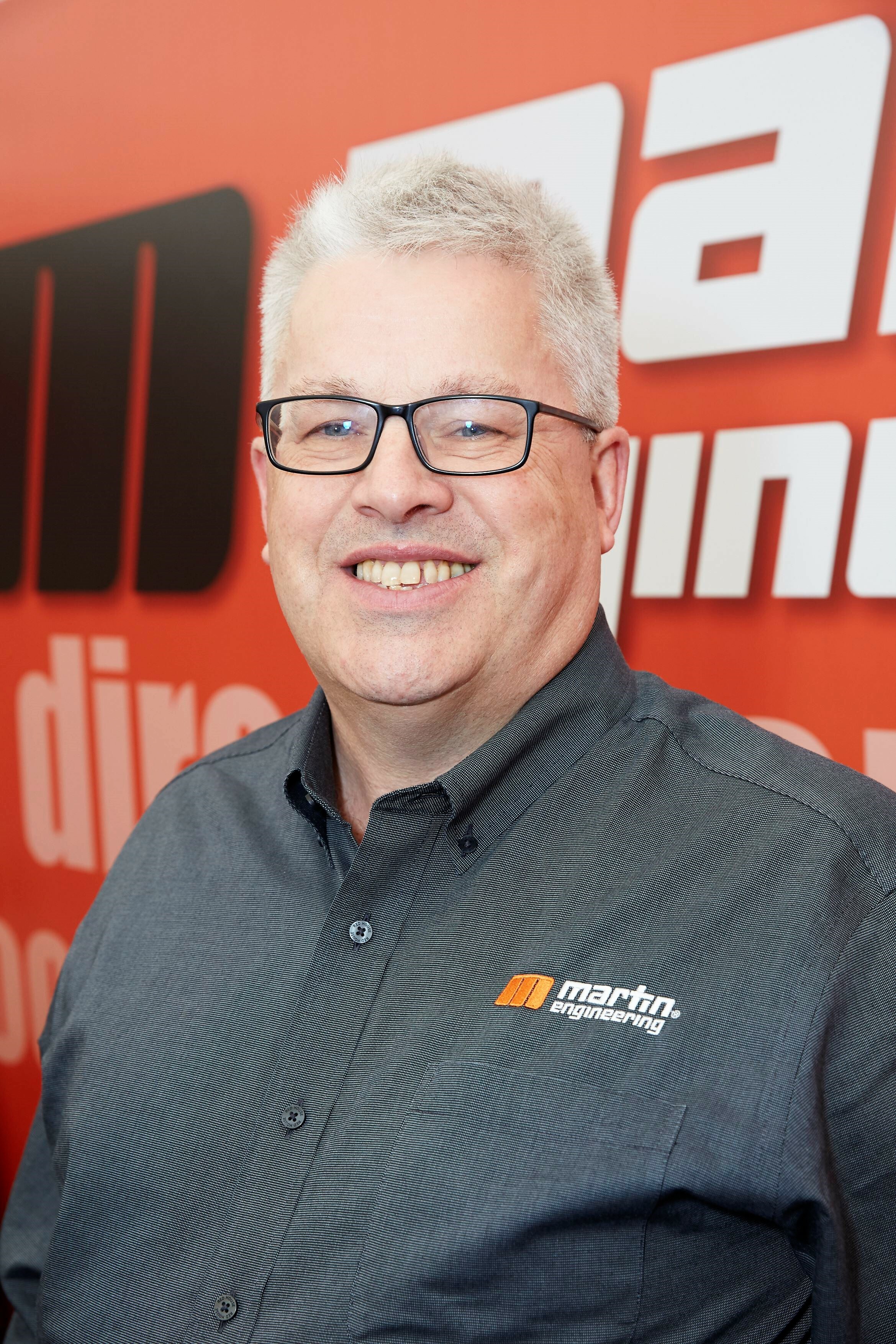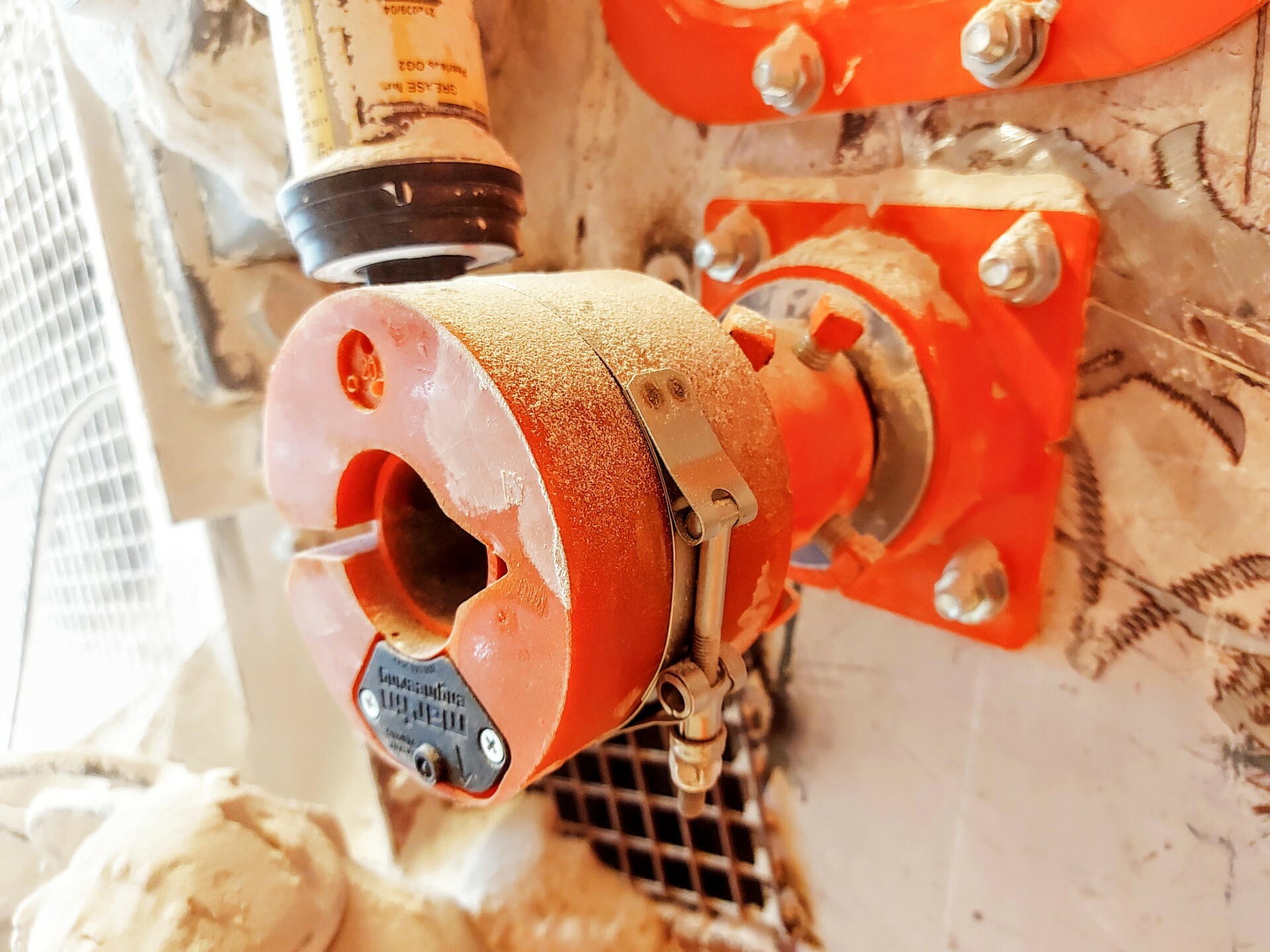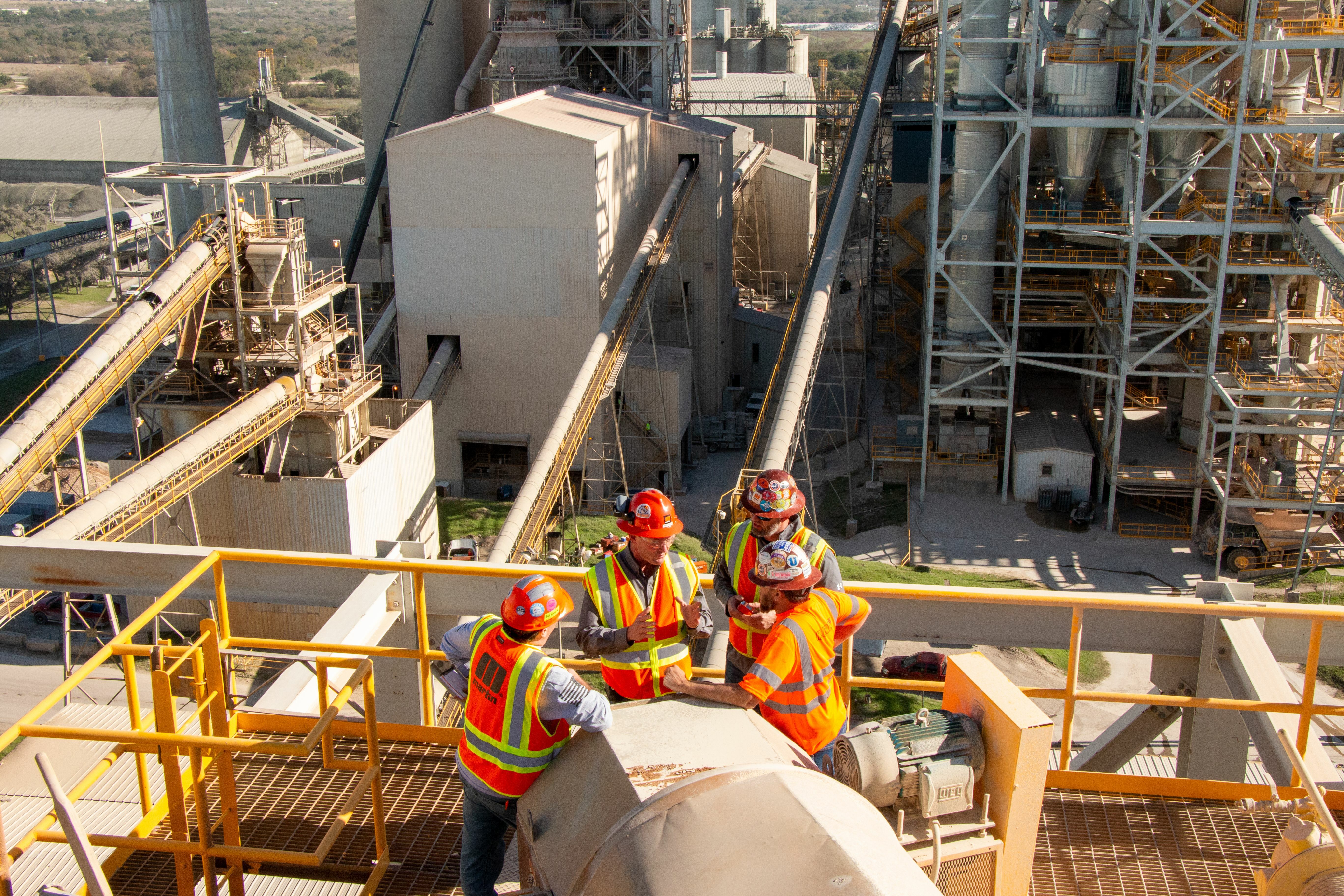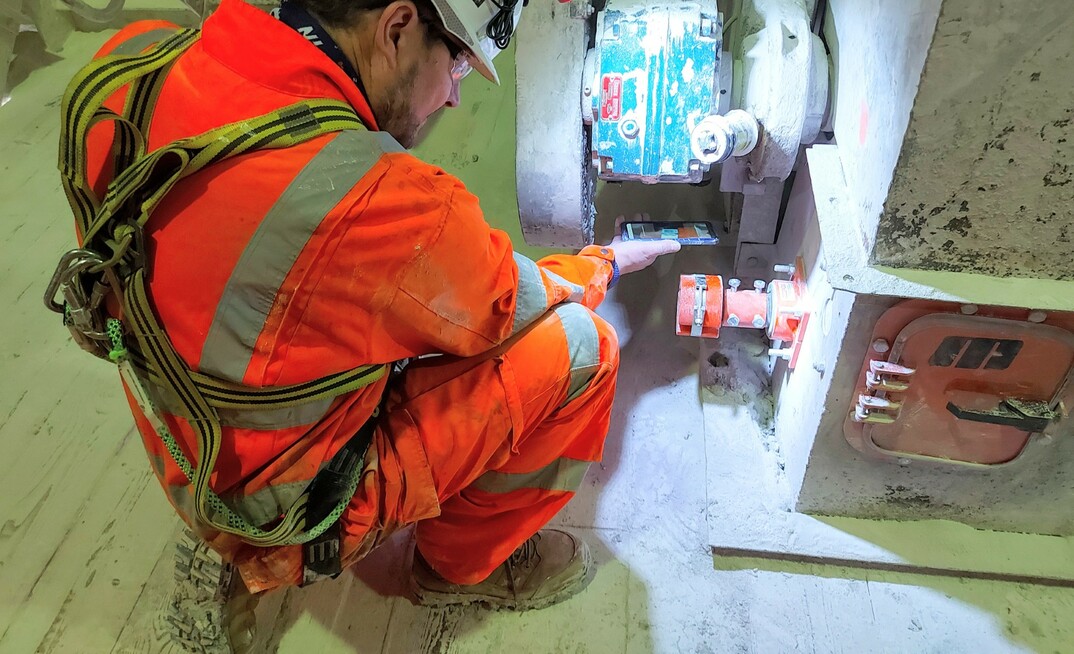Anyone who thinks that the handling of bulk materials is the same in every sector the world over should think again.
Martin Engineering's vice president of EMEAI Robert Whetstone is someone who deals with this reality on a daily basis.
Geopolitical challenges, changing regional priorities and differing workplace practices mean that Martin Engineering's offerings to its customers are bespoke rather than one-size-fits-all.
"For example, Western Europe is moving towards a circular economy and the use of primary materials is slowly reducing," Whetstone told Mining Magazine.
YOU MIGHT ALSO LIKE
Yet a trend towards recycling and decarbonisation in these regions might not reduce the need to move bulk materials by conveyor belt - it could even increase demand for clean, productive materials handling.
Whetstone said this shift is changing the critical points in the supply chain where materials are processed, so that certain facilities, especially at ports, are attaining greater strategic value – and the materials themselves are changing.

"As you work through a particular mineral resource, the geology means that the quality changes," he said.
"Iron ore mining companies are increasingly blending different ores to get the right quality and consistency.
"We are also seeing much more iron ore enrichment.
"And there is a move away from steel pellets to steel briquettes because about 50% less fossil fuel is needed to produce a steel briquette compared to steel pellets."
Whetstone said these kinds of changes in the material mix mean "the materials handling challenges our customers are facing are becoming more complex."
The material world
About 90% of Europe's iron ore is produced by Sweden, a sign of how little is being produced in the region from other countries. Countries in Europe depend increasingly on recycling or on mixing materials to meet their needs.
Whetstone said the focus on circularity, particularly in Western Europe, has brought new challenges.
Metals are being extracted from incinerator ash with the residues used to produce a construction aggregate, for example. However, this is can be a "highly corrosive and sticky material," Whetstone said, and there is high variability in feedstocks, giving material processors more factors to control.
As new sources of secondary and recycled materials are used in construction and manufacturing, with a greater emphasis on circularity, efficient material handling is becoming even more important to maintain productivity, Whetstone said.
Another factor to contend with is the mining industry's recruitment struggles and loss of skills and knowledge. Whetstone said this is the case when it comes to expertise in running processing plants.
Across all sectors, we see operators generally running fewer assets now than in the past, but they want to run those plants harder and faster than ever, with minimal shutdown
"We see ourselves as very much more than just a supplier of component products; we're also a supplier of knowledge, support and ongoing consultancy," Whetstone said.
Customers want longer wear life out of products such as belt cleaners, and less time spent on maintenance and service.
Martin Engineering's CleanScrape belt cleaner has a unique design and uses tungsten carbide tips so it lasts up to four times as long as other cleaners, he said, pointing out that it might cost more initially, but it is cost-effective when considering the total cost of ownership (TCO).
CleanScrape has been used at mines and materials processing plants worldwide, and increasingly at bulk handling ports such as Transnet's terminal in Richards Bay, South Africa.
"They are loading ships quickly and need to run the belts fast and for long periods, so it is important to avoid the risk of downtime," Whetstone said.
"Across all sectors, we see operators generally running fewer assets now than in the past, but they want to run those plants harder and faster than ever, with minimal shutdown."
Keeping conveyor belts clean not only keeps things moving but also helps avoid spillages and prevent carryback from clogging up rollers, motors and other equipment, averting the chances of long-term repair problems.
"At some mining plants conventional belt cleaners can last a matter of weeks," Whetstone said, "and require operators to shut the plant down while blades are being serviced or maintained. So increasing the wear life is critical to improving productivity."
Besides the financial benefits, there are also health and safety issues to consider throughout materials processing.
"Our view is that it is important to avoid putting people in the line of fire," Whetstone said.
Reducing the need for maintenance, service and replacement of the blade, can help reduce operator exposure to that risk, whether that's moving machinery, confined spaces, work at height or exposure to dust, he said.
Martin Engineering's N2 Position Indicator (PI) is an example of a system that allows for remote monitoring of belt cleaner blades, designed to provide useful data to a mobile app on remaining blade life when re-tensioning or replacement is needed, and if the blade is still in contact with the belt. It can help operators understand the pattern of their replacement needs, Whetstone said.
Understanding the performance of Martin Engineering products is "highly valuable to our customers," he said, "especially given that belts are now handling far more variable materials than before, making the process more unpredictable."
Applying technology of this kind is making operations safer, more productive, and more efficient, he added, adding that Martin Engineering is already well advanced on sensors for some of its other products.
Pinning down the pain points
Adoption of new technologies can bring many benefits, but not everyone is willing and able to take this on.
"Mining is a relatively conservative industry – there's a tendency to think if it's not broken, don't fix it," Whetstone said.
He said to really understand what a mining company needs, it is important to get down onto the shop floor, to see the pain points operators experience on the job, as opposed to innovating for its own sake.
"What you don't want to do with technology is to create a whole series of new pain points," he said.

Martin Engineering encourages its technicians and approved contractors to spend plenty of time on site. The firm has a scheme called Walk the Belt where technicians inspect conveyor systems end-to-end free of charge and give expert advice to plant managers. Even if the problem is not related to the belt itself – a transfer point problem, for instance – they aim to help.
Physically visiting different plants in different markets has another advantage.
"What works in one market at one plant might not work in another – there is no cookie-cutter solution that suits everybody," Whetstone said. "The key part of problem-solving and product innovation is understanding your customer – what's really driving their process, what's important to them."
That can turn out to be something unexpected. For example, Martin Engineering had a Middle East customer who needed "an inline belt cleaner that fits straight in" as opposed to their usual cleaner that sits at an angle, because it was easier for a more transient, less skilled workforce to install.

Whetstone also said it is unrealistic to assume that customers will never encounter processing issues. Instead, Martin Engineering works with them to solve their problems –which can look very different from sector to sector, region to region.
In Oman for instance, Martin Engineering sent a supervisor to work with the customer's maintenance team for 12 months on a continuous improvement programme.
Given the dangers of mining, especially those associated with energy isolation, working at height and confined spaces, a large part of Martin Engineering's advice is also related to safety.
"I think we can lead by example," Whetstone said. "Not only in our products, which reduce instances of workers being in ‘the line of fire', but also with the way our people behave on site."
























